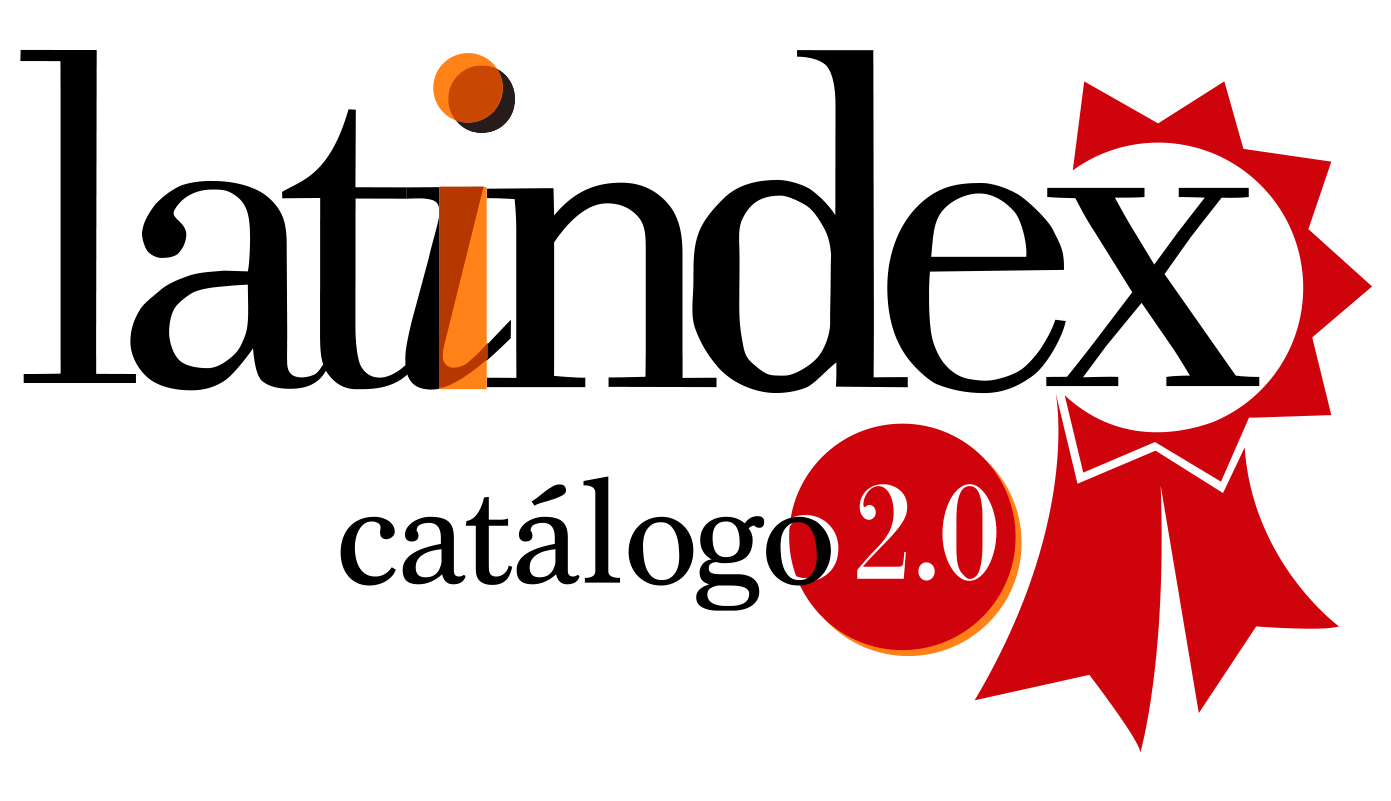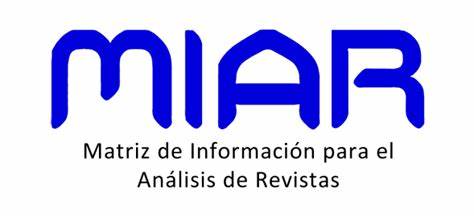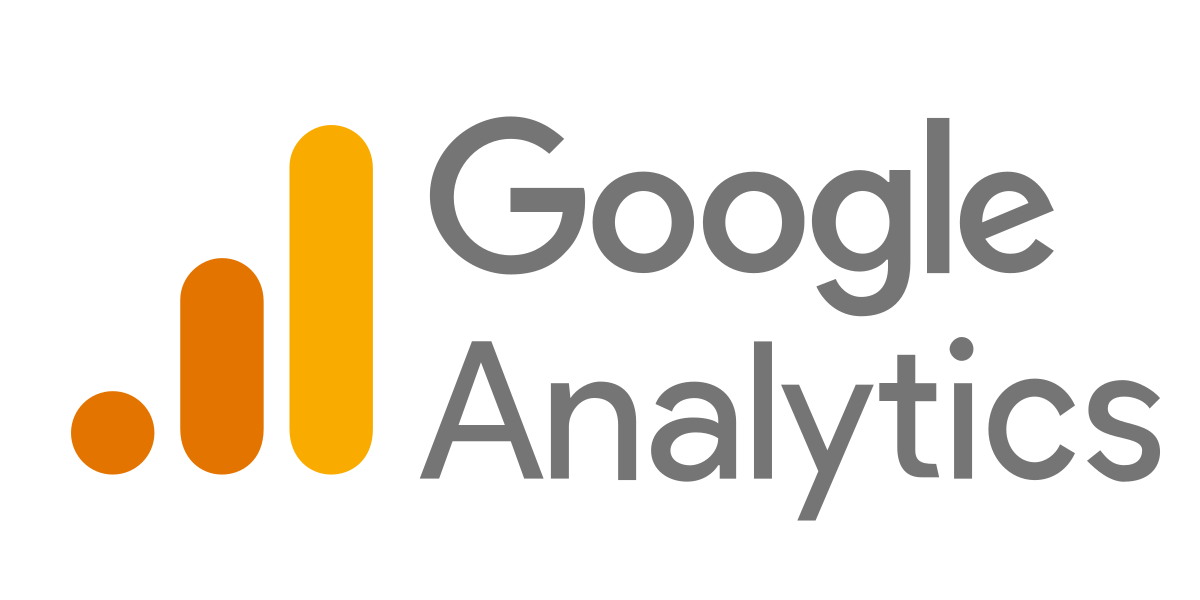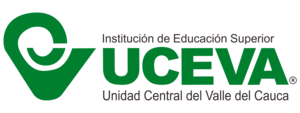El impacto sobre la salud colectiva de las conductas censurables en la investigación sanitaria
DOI:
https://doi.org/10.54502/msuceva.v1n1a6Palabras clave:
Big farma, Conflicto de interés, COVID-19, Epidemia, Investigación en saludResumen
Se desarrollan argumentos que fundamentan los peligros para la salud colectiva que se derivan de la manipulación que padece una parte de la investigación sanitaria contemporánea. Se exponen y discuten cuatro ejemplos que recorren diferentes tipos de problemas de salud y que ilustran la magnitud del problema. Las epidemias de enfermedad renal crónica en Centroamérica, de muertes por consumo de opiáceos en Estados Unidos, de obesidad en casi todo el mundo y el empleo de la hidroxicloroquina para encarar la pandemia de COVID-19 conforman los ejemplos seleccionados por su alto nivel de actualidad.
Descargas
Métricas
Citas
Santana VS, de Castilho EA. Pontuações sobre ética na saúde coletiva. Revista Da Associação Médica Brasileira 2011;57. https://doi.org/10.1590/S0104-42302011000300002.
López López MV, Arias López BE, Gaviria Noreña DL. Masters in Collective Health: pathway of challenges and possibilities. Investigación y Educación En Enfermería 2015;33. https://doi.org/10.17533/udea.iee.v33n2a01.
Malagón-Oviedo R. Epidemiología, saberes y prácticas: un análisis crítico. Revista de Salud Pública 2017;19. https://doi.org/10.15446/rsap.v19n3.68468.
Kass NE. An Ethics Framework for Public Health. American Journal of Public Health 2001;91. https://doi.org/10.2105/AJPH.91.11.1776.
Unger J-P, Morales I, de Paepe P, Roland M. Integrating clinical and public health knowledge in support of joint medical practice. BMC Health Services Research 2020;20.https://doi.org/10.1186/s12913-020-05886-z.
Li Q, Guan X, Wu P, Wang X, Zhou L, Tong Y, et al. Early transmission dynamics in Wuhan, China, of novel Coronavirus–infected pneumonia. New England Journal of Medicine 2020;382. https://doi.org/10.1056/NEJMoa2001316.
Turiel J, Fernandez-Reyes D, Aste T. Wisdom of crowds detects COVID-19 severity ahead of officially available data. Scientific Reports 123AD;11:13678. https://doi.org/10.1038/s41598-021-93042-w.
Roosa K, Lee Y, Luo R, Kirpich A, Rothenberg R, Hyman JM, et al. Real-time forecasts of the COVID-19 epidemic in China from February 5th to February 24th, 2020. Infectious disease modelling 2020;5:256–63. https://doi.org/10.1016/J.IDM.2020.02.002.
Baquero OS. One health of peripheries: biopolitics, social determination, and field of praxis. Frontiers in Public Health 2021;9. https://doi.org/10.3389/fpubh.2021.617003.
Kou H, Zhang S, Li W, Liu Y, Participatory action research on the impact of community gardening in the context of the COVID-19 Pandemic: Investigating the seeding plan in Shanghai, China 2021. https://doi.org/10.3390/ijerph18126243.
Smith R. The trouble with medical journals. vol. 99. 2006. Smith R. The trouble with medical journals. vol. 99. 2006. https://journals.sagepub.com/doi/pdf/10.1177/014107680609900311
Gilbert SG. Doubt Is their product: how industry’s assault on science threatens your health. Environmental Health Perspectives 2009;117. https://doi.org/10.1289/ehp.117-a218a.
Ordunez P, Nieto FJ, Martinez R, Soliz P, Giraldo GP, Mott SA, et al. Chronic kidney disease mortality trends in selected Central America countries, 1997–2013: clues to an epidemic of chronic interstitial nephritis of agricultural communities. Journal of Epidemiology and Community Health 2018;72. https://doi.org/10.1136/jech-2017-210023.
Manuel Orantes-Navarro C, Almaguer-López MS MM, Alonso-Galbán PM, Díaz-Amaya M, Hernández S, Herrera-Valdés DrSc R, et al. The chronic kidney disease epidemic in El Salvador: A cross-sectional study. MEDIC Review 2019;21:29–37. https://doi.org/10.37757/MR2019.V21.N2-3.7
Wesseling C, Glaser J, Rodríguez-Guzmán J, Weiss I, Lucas R, Peraza S, et al. Chronic kidney disease of nontraditional origin in Mesoamerica: a disease primarily driven by occupational heat stress. Rev Panam Salud Publica 2020;44:1–13. https://doi.org/10.26633/RPSP.2020.15.
Silva Aycaguer LC, Orduñez P. Chronic kidney disease in central american agricultural communities: challenges for epidemiology and public health. MEDICC Review 2014;16:66–71. https://doi.org/10.37757/MR2014.V16.N2.11.
Crowe J, Moya-Bonilla M, Román-Solano B, Robles-Ramírez A. Heat exposure in sugarcane workers in Costa Rica during the non-harvest season. Global Health Action 2010; 3:5619. https://doi.org/10.3402/gha.v3i0.5619.
Gallo-Ruiz L, Sennett CM, Sánchez-Delgado M, García-Urbina A, Gámez-Altamirano T, Basra K, et al. Prevalence and Risk Factors for CKD Among Brickmaking Workers in La Paz Centro, Nicaragua. American Journal of Kidney Diseases 2019;74. https://doi.org/10.1053/j.ajkd.2019.01.017.
Crowe J, Nilsson M, Kjellstrom T, Wesseling C. Heat-Related symptoms in sugarcane harvesters. American Journal of Industrial Medicine 2015;58. https://doi.org/10.1002/ajim.22450.
Fakhri M. Right to food. Report of the special rapporteur on the right to food. Rome, Italy: 2021. https://undocs.org/A/HRC/46/33
Kearns CE, Glantz SA, Schmidt LA. Sugar industry influence on the scientific agenda of the National Institute of Dental Research’s 1971 National Caries Program: A historical analysis of internal documents 2015. https://doi.org/10.1371/journal.pmed.1001798.
Chavkin S. CDC launches industry-financed studies of deadly kidney disease in Central America. 2014. https://publicintegrity.org/health/cdc-launches-industry-financedstudies-of-deadly-kidney-disease-in-central-america/
Winkler K. Agrotóxicos en el cultivo de la caña de azúcar y sus impactos en la salud humana. Ciudad de Guatemala, Guatemala: 2017. https://latin.weeffect.org/app/uploads/2018/07/ESTUDIO-AGROTOX_11-jul-2018_VF.pdf
Wilson N, Kariisa M, Seth P, Smith H, Davis NL. Morbidity and Mortality Weekly Report Drug and Opioid-Involved Overdose Deaths-United States, 2017-2018. https://www.shadac.org/opioid-epidemic-united-states
DeWeerdt S. Tracing the US opioid crisis to its roots. Nature 2019;573. https://doi.org/10.1038/d41586-019-02686-2.
Maloney CB. Committee releases documents showing Sackler family wealth totals $11 billion. House Committee on Oversight and Reform 2021. https://oversight.house.gov/news/press-releases/committee-releases-documentsshowing-sackler-family-wealth-totals-11-billion.
Dowell D, Haegerich TM, Chou R. CDC Guideline for Prescribing Opioids for Chronic Pain-United States, 2016 1624-1645. https://doi.org/10.1001/jama.2016.1464.
Dobson J. Opioids and a failure to declare competing interests. BMJ 2019. https://doi.org/10.1136/bmj.l5321.
Piller C. Is FDA’s revolving door open too wide? Science 2018;361. https://doi.org/10.1126/science.361.6397.21.
Kolodny A. How FDA failures contributed to the opioid crisis. AMA Journal of Ethics 2020;22:E743-750. https://doi.org/10.1001/amajethics.2020.743.
Katz J, Goodnough A, Sanger-Katz M. In shadow of pandemic, U.S. drug overdose deaths resurge to record. The New York Times 2020. https://www.nytimes.com/interactive/2020/07/15/upshot/drug-overdose-deaths.html
Gornall J. Sugar: spinning a web of influence. BMJ 2015;350. https://doi.org/10.1136/bmj.h231.
Barruti S. Mala leche: El supermercado como emboscada. Por qué la comida ultraprocesada nos enferma desde chicos. 1st ed. Buenos Aires, Argentina: Planeta Argentina; 2020.
Kearns CE, Schmidt LA, Glantz SA. Sugar Industry and Coronary Heart Disease Research. JAMA Internal Medicine 2016;176. https://doi.org/10.1001/jamainternmed.2016.5394.
Nestle M. Food Industry Funding of Nutrition Research. JAMA Internal Medicine 2016;176. https://doi.org/10.1001/jamainternmed.2016.5400.
O´Connor A. Coca-Cola funds scientists who shift blame for obesity away from bad diets. Tampa Bay Times 2015. https://www.tampabay.com/news/nation/coca-cola-funds-scientistswho-shift-blame-for-obesity-away-from-bad-diets/2240652/
Schillinger D, Tran J, Mangurian C, Kearns C. Do sugar-sweetened beverages cause obesity and diabetes? industry and the manufacture of scientific controversy. Annals of Internal Medicine 2016;165. https://doi.org/10.7326/L16-0534.
Choi C. AP Exclusive: How candy makers shape nutrition science. AP News 2016. https://apnews.com/article/sciencenutrition-healthy-eating-archive-only-on-ap-f9483d554430445fa6566bb0aaa293d1
Hales CM, Fryar CD, Carroll MD, Freedman DS, Aoki Y, Ogden CL. Differences in obesity prevalence by demographic characteristics and urbanization level among adults in the United States, 2013-2016. JAMA 2018;319:2419–29. https://doi.org/10.1001/jama.2018.7270.
Gautret P, Lagier J-C, Parola P, Hoang VT, Meddeb L, Mailhe M, et al. Hydroxychloroquine and azithromycin as a treatment of COVID-19: results of an open-label non-randomized clinical trial. International Journal of Antimicrobial Agents 2020;56. https://doi.org/10.1016/j.ijantimicag.2020.105949.
Baker P, Enrich D, Haberman M, Rogers D. Trump’s aggressive advocacy of malaria drug for treating coronavirus divides medical community. The New York Times 2020. https://www.nytimes.com/2020/04/06/us/politics/coronavirus-trumpmalaria-drug.html
Escobar A. Las ‘big farma’ globales engrosan su beneficio un 5% en el año del Covid-19. Planta Doce Diario Económico de La Agencia de La Salud 2021. https://www.plantadoce.com/empresa/las-big-farma-globales-engrosan-su-beneficio-un-5-en-el-ano-del-covid-19.html
Scientific American Editorial. Scientific American Endorses Joe Biden. Scientific American 2020. https://www.scientificamerican.com/article/scientific-american-endorsesjoe-biden1/
Nature Editorial. Why Nature supports Joe Biden for US president. Nature 2020;586. https://doi.org/10.1038/d41586-020-02852-x.
Hongchao P, Peto R, Henao Restrepo AM, Preziosi MC. Repurposed antiviral drugs for Covid-19 — interim WHO solidarity trial results. New England Journal of Medicine 2021;384:497–511. https://doi.org/10.1056/NEJMoa2023184.
Thomson K, Nachlis H. Emergency use authorizations during the COVID-19 Pandemic. JAMA 2020;324. https://doi.org/10.1001/jama.2020.16253.
Axfors C, Schmitt AM, Janiaud P, van’t Hooft J, Abd-Elsalam S, Abdo EF, et al. Mortality outcomes with hydroxychloroquine and chloroquine in COVID-19 from an international collaborative meta-analysis of randomized trials. Nature Communications 2021;12. https://doi.org/10.1038/s41467-021-22446-z.
Kearns CE, Glantz SA, Schmidt LA. Sugar Industry Influence on the Scientific Agenda of the National Institute of Dental Research’s 1971 National Caries Program: A Historical Analysis of Internal Documents. PLOS Medicine 2015;12. https://doi.org/10.1371/journal.pmed.1001798.
Smith R, Gotzsche PC, Groves T. Should journals stop publishing research funded by the drug industry? BMJ 2014;348. https://doi.org/10.1136/bmj.g171.
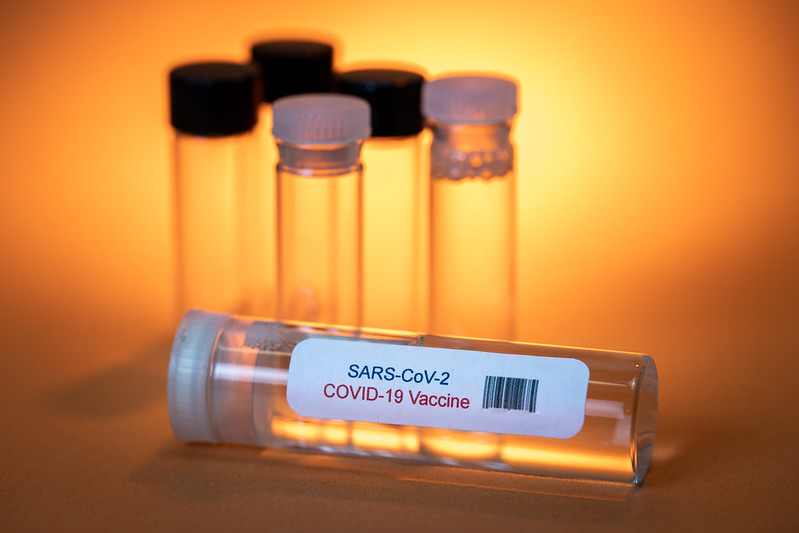
Publicado
Cómo citar
Número
Sección
Licencia
Derechos de autor 2021 Magna Scientia UCEVA

Esta obra está bajo una licencia internacional Creative Commons Atribución-NoComercial-SinDerivadas 4.0.
Magna Scientia UCEVA proporciona un acceso abierto, libre y gratuito a su contenido, basado en el principio de que ofrecer al público un acceso libre a las investigaciones, ayuda a un mayor intercambio global del conocimiento. Lo cual, implica que los usuarios pueden leer, descargar, almacenar, imprimir, buscar, indexar y realizar enlaces a los textos completos de esta revista. Se permite distribuir los diversos artículos en las versiones post-print y oficial, sin previo permiso del autor o editor, considerando que el fin de este, no implica fines comerciales, ni la generación de obras derivadas; Solo se solicita la mención de la fuente así como la autoría. El titular del copyright será el o los autores que publiquen en Magna Scientia UCEVA.
Magna Scientia UCEVA está distribuida bajo los términos de la licencia https://creativecommons.org/licenses/by-nc-nd/4.0/deed.es








